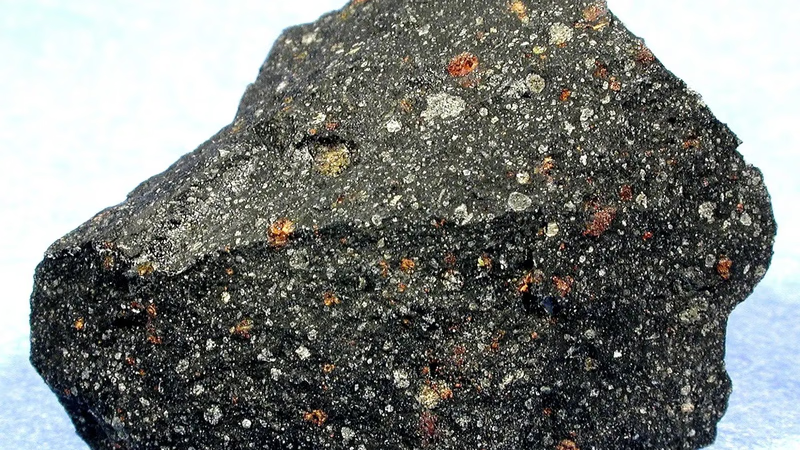
Identifying meteorites: fusion crust and regmaglypts.
Most meteorites contain iron-nickel metal, which exhibits magnetic properties. Using a strong magnet, you can check if a suspected meteorite is attracted to the magnet. If it is strongly magnetic, it could be an indication of a meteorite. However, this test is not foolproof, as some terrestrial rocks can also exhibit magnetic properties. Meteorites that enter the Earth's atmosphere undergo intense heat and form a thin, black or dark brown outer layer called the fusion crust. This crust is a result of the meteorite's surface melting and recrystallizing during atmospheric entry. Look for signs of fusion crust, which can appear smooth and glassy or rough and textured. Be aware that some terrestrial rocks or human-made objects can have similar coatings, so additional tests are necessary.
Physical methods are the first step in the identification of meteorites, and up to 80% of accurate and reliable results can be obtained by using them. Also, you can first know which stones cannot be meteorites in terms of appearance. The mineralogical, physical and chemical characteristics of meteorites can help us to a great extent in identifying these heavenly bodies, but their definitive diagnosis requires detailed analysis and new methods. The possibility of finding meteorites, especially iron meteorites, is high in deserts due to their different gender compared to the surrounding rocks. Every year thousands of strange stones are found by ranchers, hunters and other people. All of them think that the stones they found are meteorites! But the fact is that less than 1% and only 1% of them can be meteorites. The properties of meteorite are:
- Density: Meteorites are usually very heavy for their size, because they contain iron metal and dense minerals.
- Magnetism: Since most meteorites contain iron metal, a magnet will often stick to them. Of course, in the case of stone-type meteorites, a magnet may not stick to them, but if you hang a magnet with a string, it will be attracted to the meteorite.
- Unusual shape: iron-nickel meteorites rarely have a round appearance; Instead, they have an irregular shape with unusual fingerprint-like holes on their surface, which is called Regmaglypt.
- Molten crust: Rocky meteorites usually have a thin crust on their surface that has melted while passing through the atmosphere.
Determining the composition and mineralogy of a suspected meteorite requires more advanced techniques, such as thin section analysis or laboratory testing. These methods can help identify the presence of specific minerals, such as olivine, pyroxene, or iron-nickel alloys, which are commonly found in meteorites. Consulting with experts or professional meteorite dealers who have access to such analytical tools can provide more accurate identification. Meteorites do not have many holes in them, but volcanic rocks have many holes in them due to the presence of gas. According to this issue, meteorites can be separated from volcanic rocks. Most meteorites contain at least some metal. Do you see the spark of metal on the broken surface of the stone? If you can see it, you've probably found a meteorite.
Regmaglypts, also known as thumbprint-like impressions, are often found on the surface of meteorites. These shallow depressions are formed by the melting and ablation of material during atmospheric entry. Look for characteristic regmaglypts, which can indicate a potential meteorite. However, not all meteorites have regmaglypts, and some terrestrial rocks may exhibit similar features. Meteorites are generally denser than most terrestrial rocks. You can compare the weight of the suspected meteorite to a similar-sized rock of known terrestrial origin. If the specimen feels unusually heavy for its size, it could be an indication of a meteorite. However, this method alone is not conclusive, as some terrestrial rocks can have high densities as well.
-
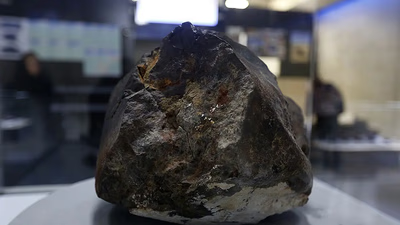
Exporting meteorites requires thorough understanding of legal requirements in both the exporting and importing countries. Each nation may have specific regulations, especially for meteorites deemed national treasures or of scientific significance. Obtaining necessary permits, such as export licenses and certificates of authenticity, is crucial. Cultural heritage considerations can also impact the export process, as some meteorites may be restricted from leaving their country of origin. The market value of meteorites varies significantly, with prices ranging from one dollar to thousands, depending on rarity and demand among collectors. While most meteorites found are common chondrites with low value, rarer specimens like Martian or lunar meteorites can fetch high prices. Proper packaging and shipping methods are essential to protect these valuable items during transit. Engaging with experienced professionals can help navigate the complexities of export regulations and ensure compliance with customs requirements. Additionally, understanding the import regulations of the destination country is vital to avoid complications upon arrival.
-
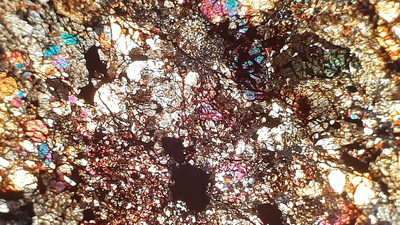
Meteorites are solid objects from outer space that survive their passage through Earth"s atmosphere to reach the surface. They originate from meteoroids, which are smaller space objects composed of rock or metal. When a meteoroid enters the atmosphere, it burns up, creating a meteor or shooting star. If it is large enough to withstand atmospheric forces, it lands as a meteorite. Meteorites vary in size and composition, including stony, iron, and stony-iron types. Meteorite hunting is popular among enthusiasts and scientists who use advanced detection methods to locate them in areas with fewer vegetation. Meteorites are classified as "falls" or "finds," with falls being observed events and finds being discovered objects of unknown origin. They provide crucial insights into the early solar system"s formation and planetary geology.
Studying meteorites helps scientists understand processes related to the evolution of planets and the origins of water and organic compounds on Earth. Approximately 48. 5 tons of meteorite material falls on Earth daily, with impacts varying based on size and speed. Smaller meteorites create minor craters while larger ones can cause significant damage. The study of meteorites is essential for understanding the solar system"s history. "
-
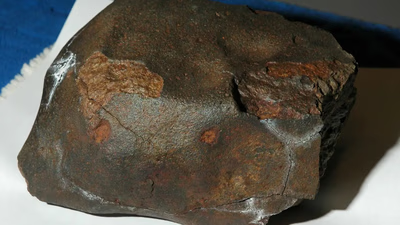
Meteorite hunting captivates many enthusiasts, often leading to a passionate pursuit. The excitement of finding a meteorite can overshadow the reality that initial success may be due to luck. Meteorites, which are remnants of celestial bodies that survive atmospheric entry, are categorized into three types: iron, stone, and iron-stone. Statistically, four meteorites fall per square kilometer on Earth every 50,000 years. In Iran alone, this suggests millions of meteorites have fallen over time. However, many have eroded or become indistinguishable from terrestrial rocks. Iron meteorites are easier to locate due to their resistance to weathering and distinctive appearance. While meteorites can theoretically land anywhere on Earth, searchers often target areas with minimal geological disturbance for better chances of discovery.
Most meteorites fall into oceans or become part of the Earth"s crust through weathering. Notably, Antarctica serves as a significant site for meteorite collection, with thousands discovered by international teams since 2000. "
-

Meteorites are primarily composed of iron-nickel metal, which gives them magnetic properties. A strong magnet can help identify potential meteorites, but this method is not definitive as some terrestrial rocks also exhibit magnetism. Meteorites typically have a fusion crust formed during atmospheric entry, which can appear smooth or textured. Identifying meteorites involves assessing their mineralogical, physical, and chemical characteristics, with advanced techniques like thin section analysis providing more accurate results. Common indicators of meteorites include unusual shapes with regmaglypts—thumbprint-like impressions—and high density compared to terrestrial rocks. Despite many people believing they have found meteorites, less than 1% of discovered stones are actual meteorites. The identification process requires careful examination and often consultation with experts or professional dealers who can perform detailed analyses.
-
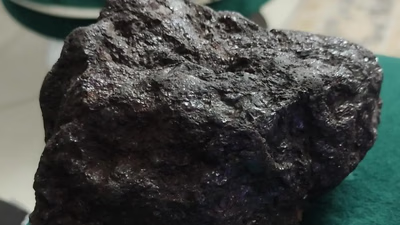
Buying and selling meteorites online presents both opportunities and risks. Authenticity is crucial, as many sellers may offer counterfeit items. Buyers should seek reputable sellers who provide detailed information about the meteorite"s origin and classification, along with supporting documentation like certificates of authenticity. Researching the seller"s reputation is essential to avoid scams. Meteorite prices can vary significantly based on rarity, size, and condition, so understanding market values is important. Legal considerations also play a role; some countries have regulations regarding meteorite collection and exportation. Buyers should be aware of these laws to ensure compliance. The condition of the meteorite affects its value; pristine specimens are often more sought after than those with visible features.
The rise of online platforms has transformed how meteorites are traded, making it easier for buyers and sellers to connect but also increasing the risk of fraud. Therefore, thorough research on both the product and the platform is necessary before any transaction.





